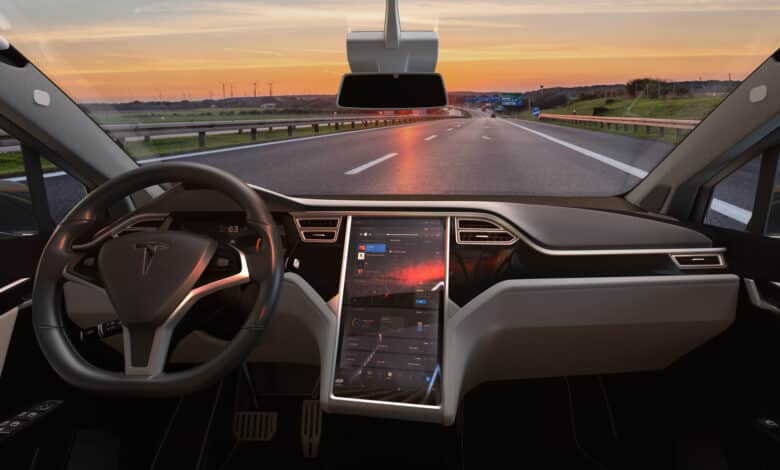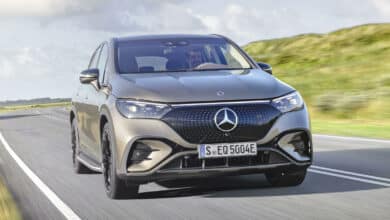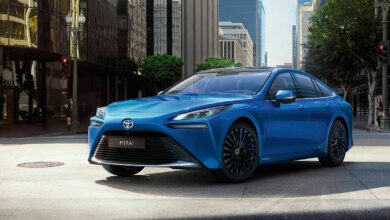
Consumer Reports tested twelve Autopilots available on the market and drew up a ranking. Tesla’s Autopilot, which was ranked second last time, now came in seventh place, placing it in the middle of the pack. Consumer Reports blames this on a lack of innovation, saying competitors have caught up while Tesla’s assistance system has barely evolved.
Twelve systems tested
Consumer Reports tested a total of twelve different systems. Ford’s Autopilot secured first place. It was followed by systems from Chevrolet, Mercedes, BMW, Toyota and VW. The test awarded scores in the categories of “capabilities and performance,” “keeps drivers involved,” “ease of use,” “clarity on when it is safe to use” and “unresponsive driver.” The category designations already indicate that Consumer Reports placed great emphasis on the safety of the systems. Accordingly, systems that repeatedly asked drivers to pay attention – and refused to continue driving if the request was ignored – did particularly well. Tesla performed poorly in this respect in particular.
Tesla’s Autopilot, on the other hand, scored points with its technical capabilities. Here it stood out from the mass of assistance systems tested and secured second place with nine out of ten points together with Ford, BMW and Toyota. Mercedes came out on top here with the full score.
Autopilots may not drive completely on their own
Consumer Reports repeatedly pointed out in the test that the autopilots approved today are not designed to control the vehicle on their own. While the vast majority of approved assistance systems can theoretically do that, they are not allowed to for safety reasons. In particular Tesla has attracted attention in the past due to misleading advertising in this regard. With Mercedes it looks meanwhile differently. At least in Nevada, human attention is no longer required at speeds of up to 64 km/h.
Since the vast majority of autopilots, including Tesla’s, do not have such approval, it is stipulated that the human behind the wheel must remain constantly alert. Technical solutions must be provided for this. Many companies solve this problem by stipulating that the steering wheel must remain encompassed. Others rely on video surveillance of the steering position and analyze the behavior of the person sitting there. The latter solution is described by Consumer Reports as the best possible. All the assistance systems tested that do not rely on such a solution were rated poorly accordingly.
Kelly Funkhouser, who is responsible for vehicle technology at Consumer Reports, was also rather critical: “Car manufacturers must realize that the likelihood of drivers switching off and leaving the driving to the car increases with the capabilities of the assistance systems. For this reason, camera-based monitoring of drivers is key and should be a central tool of any good driver assistance program.”




No replies yet
Neue Antworten laden...
Gehört zum Inventar
Beteilige dich an der Diskussion in der Basic Tutorials Community →